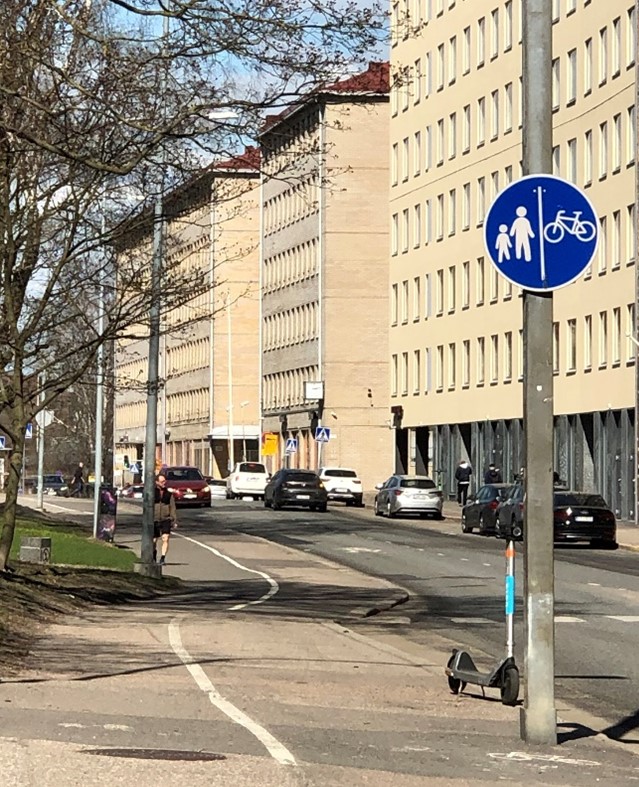In the fall 2023 we conducted a survey targeted to residents in Lahti, Helsinki and separately to Länsiväylä local master plan impact area in Helsinki. We studied residents’ sufficiency-orientation and infrastructural changes in urban space, approaching these from the angle of lifestyles. The survey data is partly analysed, and some exciting preliminary findings have come up!
In literature, sufficiency is often described as a paradigm or strategy towards sustainability, and it is based on the idea of voluntarily avoiding excessive material and energy use while ensuring well-being for all. In this study we developed a way to measure sufficiency orientation based on residents’ willingness to give up carbon intensive practices related to housing and traffic. Based on the preliminary findings, this sufficiency orientation is connected to residents’ higher degree of acceptance of several land-use changes in their neighborhood of residence. We focused particularly on socio-political level of social acceptance which can be described as positive attitude towards a change on a general level, unrelated to any ongoing project in specific. The residents who are willing to change their lifestyles seem to accept increasing space for sustainable traffic modes more than others. In two out of the three studied areas, they also accepted increasing urban green spaces more than others.
We also clustered the respondents based on their lifestyles, taking sufficiency-orientation in consideration together with housing and traffic mode preferences. This cluster analysis yielded seven lifestyle clusters with different levels of willingness to give up carbon intensive housing and transport aspects of their lifestyles – as well as divergent patterns of acceptance of land-use changes. While some socio-demographic differences could be detected between the clusters, some of them seem more clearly characterized by lifestyle only. The approach based on sufficiency-oriented lifestyles can thus help us to form a more structured understanding on the sufficiency paradigm among residents as well as their views on urban transformations. This can offer new angles for discussion about climate mitigation in urban areas.




